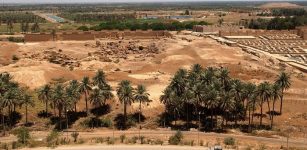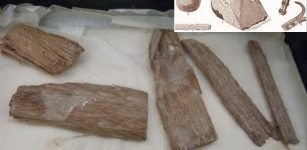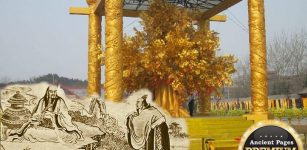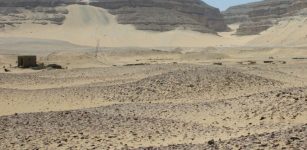How Did Indus Civilization Manage To Resist Climate Change?
AncientPages.com - Some several thousand years ago, there once flourished a great civilization in the Indus Valley. The largest of the four ancient civilizations of Egypt, Mesopotamia, India and China, Indus Civilization covered an area of what is today Pakistan and western India (approx. the size of Western Europe).
There is now evidence that this region was directly subjected to climate change during the period when the Indus Civilization was at its height (ca. 2500-1900 BC).
How did these ancient people manage to resist negative consequences of this process?
Researchers analyzed how Indus populations in north-west India interacted with their environment, which drastically changed during periods of climate change.
Dr. Cameron Petrie of the Division of Archaeology, University of Cambridge and lead author of the paper, stated that “for most ancient complex societies, water was a critical factor, and the availability of water and the way that it was managed and used provide critical insight into human adaptation and the resilience of subsistence practices.”
The Indus Civilization was situated in close proximity to Kotla Dahar, a deep, ancient lake near the northeastern edge of the Indus Valley area in Haryana.
The lake showed evidence for two dramatic decreases in monsoon rainfall and a progressive decrease of the water level of Kotla Dahar.
The proximity of this lake provided proof that especially in the period between ca.2200 -2000 BC, the monsoon - most important part of a farmer’s life – was seriously affected by the spontaneous change in the climate.
“We argue that rather than being forced to intensify or diversify subsistence practices in response to climatic change, we have evidence for the use of millet, rice, and tropical pulses in the pre-urban and urban phases of the Indus Civilization,” said Petrie.
The evidence suggests that local Indus populations were already well adapted to living in varied and variable environmental conditions before the development of urban centers.
The study was published in the journal Current Anthropology.
AncientPages.com






















